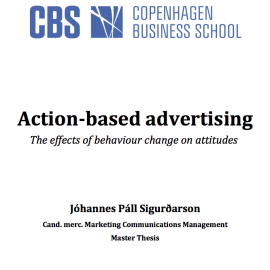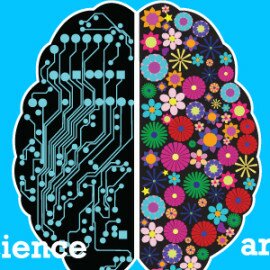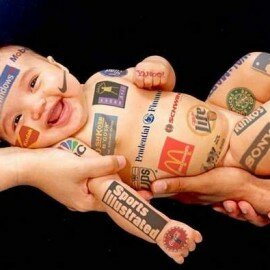Has the Big Brand Ad Had its Day?
Opinion
An article that first appeared in The Australian in Feb 2013.
I HAVE a very strong emotional connection to Twitter. What does that mean? I use it a lot, I talk about it often, and I love it. I really enjoy it, and I don’t use any other social media service to anywhere near the degree I use Twitter.
Why do I have an emotional connection to Twitter? Because it does what it does really well. There has been no advertising that has formed that emotional connection — it has come from experiencing the product itself. Everyone knows the power of a brand creating a strong emotional connection with consumers.
Having a connection with a brand that is emotional — not just rational — creates “perceived value” in the brand, beyond that which one would expect a “rational” person to pay. It also creates loyalty, and a sense of connection between brand and consumer.
However, what worries me is that somewhere along the line the benefits of having an emotive brand has become confused with the benefits of “emotional advertising”.
The two are very different concepts. Let’s look at some of the current “hot” brands — beyond Twitter. Zara, Facebook, ASOS, Carmen’s Muesli, none of these advertise, so where is the emotional connection coming from? It’s coming from everything those brands do — they do well, and do in line with a strong central purpose. In short, they’ve made the consumer a promise, and they deliver on that promise in everything they do.
The emotional connection is created by doing what you do well, not through advertising. In fact, it could be argued that advertising is the least sincere way for a brand to create an emotional connection with their consumers. The hallmark of emotional advertising has historically been the big-brand ad. An ad that has a very high production budget, and doesn’t have a call to action — it just shows the brand in an evocative manner.
Think things like Cadbury’s Gorilla ad, or closer to home Carlton Draught’s “Beer Chase” ad released last year. Big-brand statements — that don’t say much about the brand at all.
I often struggle to see the benefits of these big-brand ads as a good investment in money. As I heard the legendary Larry Light, ex-CMO of McDonald’s, once say: “Everything that builds the brand should generate sales, and everything that generates sales should build the brand.” Hence if the brand ad isn’t generating sales: why do it? We are now in a communications landscape where this is possible.
Every piece of media is now interactive and can, if we want it to, combine brand building and direct response. Every ad in the newspaper can have a QR code, every ad on TV can link to the second screen, every ad on the internet can have a direct “click to purchase” button.
So now is the time to reconsider investing big dollars in the brand ad. Now is the time to reconsider why you are trying to form an emotional connection with your advertising rather than getting your product right (and then just using your advertising to tell people about it, and let them try the product).
These are exciting times for marketers as the thin veneer of advertising agencies preaching “lovemarks” and building brands through one-way advertising is crumbling. The rhetoric that advertising is a great way to create an emotional bond is falling flat as more advertisers begin to question the merits in an emotive piece of film, as opposed to getting the core of the brand right. Brands are being built from the inside out by their owners, refocusing on their products.
Further, an emotional bond is enhanced by interacting with — and being a part of — the development of the brand. It’s easier to change attitudes through actions, than to change actions through attitude. So get people involved with your brand. Open it up and give ownership to the people. Ask their opinion, build your community of brand advocates. Build the number of people who’ll build your brand on your behalf.
A positive emotional bond between brand and consumer is a must for creating a strong brand. The least effective way to do this is with advertising. The least effective way to spend your money is arguably all the dollars you’re investing in your next big-brand ad.



